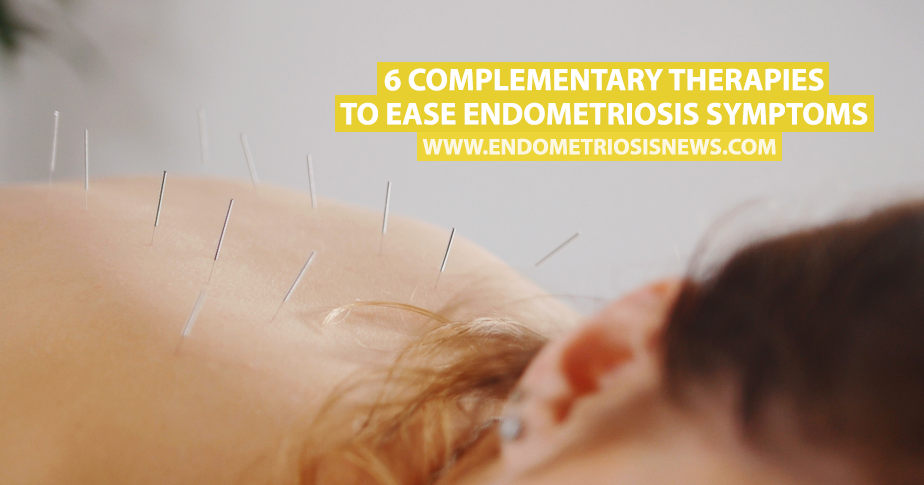As well as conventional medicine and treatments, many women with endometriosis are turning to holistic alternatives to help ease the symptoms of the disease. Alternative therapies like acupuncture, meditation, and dietary supplements can often help with pain relief and overall wellness.
With help from Endometriosis New Zealand, we’ve put together a list of six complementary therapies that ladies living with endometriosis may find useful. However, you should always speak with your doctor before starting any complementary therapies.
Acupuncture
This ancient Chinese therapy works by placing needles into the body in certain trigger points thought to promote healing and energy flow, releasing the body’s natural painkillers and boosting the immune system.
Massage
Gentle massage can help release tension and allow better blood flow to areas that need healing. Shiatsu massage or acupressure works in a similar way to acupuncture in that it centers on certain pressure points on the body to promote healing.
Meditation
Meditation and visualization are useful for women with endometriosis in coping with pain. Positive thinking and mindfulness can help calm anxiety and train the brain to better cope with pain.
MORE: Nine rules for sleeping well with endometriosis
Naturopathy
Naturopathy claims to heal the body through dietary and lifestyle changes and natural remedies. However, it also advises against conventional medicine and surgery, so it should be approached with extreme caution.
Traditional Chinese Medicine
Traditional Chinese medicine is a combination of different practices and medicines which encourage the yin-yang balance and improve energy flow.
Physiotherapy
Physiotherapy and exercises specifically designed for pelvic problems are gaining recognition as a viable treatment to help lessen pain.
MORE: Three steps to endometriosis management
Endometriosis News is strictly a news and information website about the disease. It does not provide medical advice, diagnosis or treatment. This content is not intended to be a substitute for professional medical advice, diagnosis, or treatment. Always seek the advice of your physician or another qualified health provider with any questions you may have regarding a medical condition. Never disregard professional medical advice or delay in seeking it because of something you have read on this website.

